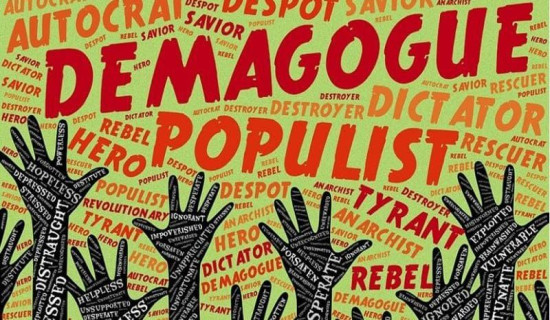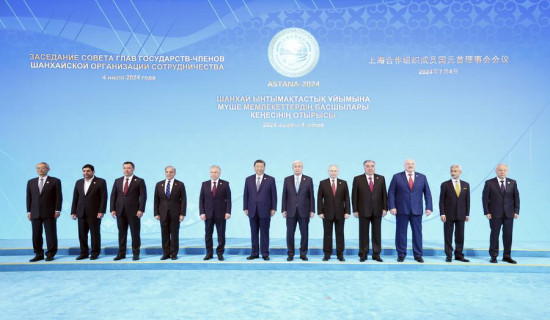- Tuesday, 18 November 2025
Stabilising Sino-US Ties: A New Foundation of Certainty and Mutual Reassessment
Wang Yiwei, a professor at the School of International Relations at Renmin University of China, notes that this change reflects a shift in China's strength—from its previous focus on sheer purchasing power and market size to its current technological strength, complete industrial chain, and critical position in the global division of labour. China’s "machine," as he describes it, is now fully operational, employing a series of combined punches that are increasingly stable, accurate, and powerful.
Where Natural Wonder And Culture Thrive
I had the privilege of joining a multidisciplinary team of professionals, including lawyers, arbitrators, and ADR (alternative dispute resolution) professionals from Nepal associated with the Nepal International ADR Centre (NIAC), to travel to Nanning, the capital city of the Guangxi Autonomous Region of the People’s Republic of China, recently. The NIAC team was invited to participate in the Asia ADR summit, hosted in the Landmark Hote
Mapping China’s Next Phase: Key Takeaways from the Fourth Plenary Session
As the session concluded, the message was clear: China is moving toward a stage of “high-quality development” — one that values innovation, sustainability, and global integration over sheer growth speed. The meeting reinforced China’s long-standing tradition of strategic planning while adapting to new domestic and global realities.
Chinese Path To Poverty Reduction
The centralised and unified leadership of the Communist Party of China is the fundamental political guarantee for China's path to poverty alleviation. The Party established a working mechanism of “centralised overall planning, provinces bearing primary responsibility, and cities and counties carrying out implementation,” forming a vertical governance system spanning from central to local levels.
Women’s Leadership in Times of Crisis: Trust or Trial?
When nations crumble under crisis, something curious happens and people start looking for a different kind of leader. Not louder. Not tougher. But more trusted.
Nepal’s Nationalism Trap and the Gen Z Turning Point
Nepal’s young people are not just tomorrow’s leaders—they are making a difference today. Their creativity, courage, and global outlook can help Nepal move past old political problems. Now is the time to come together, stay informed, and build a future based on real vision, not empty words.
Enhancing youths' skill: The foundation to rebuild Nepal
It's about rebuilding the very foundation of the country - the economy, the society, and, most importantly, the future of the youth. To do this successfully, everyone needs to think differently. A powerful engine - Technical and Vocational Education and Training (TVET) is needed to change the state of the country.
Constitution 2072: Nepal’s Most Progressive Constitution
The constitution provides for independent constitutional bodies. It maintains checks and balances among the executive, legislature, and judiciary, empowering institutions like the Election Commission, Commission for the Investigation of Abuse of Authority, and National Human Rights Commission. These bodies are expected to strengthen democracy and prevent misuse of power.
Changing faces of Nepal's constitutionalism
The country is now being guided towards and ruled under four aspects of constitutionalism to fill out the deteriorating constitutional order being plunged into deep political and legal crises. The first aspect is the Constitutionalism in Crisis which simply aims to give the country a legitimate government to reestablish law and order, and restore normalcy. The second aspect may be called Operational Constitutionalism that the new government has to make the government institutions functional and win the confidence of the people through delivery of basic services.
Debate on alternative politics: New party or alternative politics
But it is stuck in a vicious cycle of political uncertainty, let alone building.
How Xi cements neighborly bonds with SCO friends
"China has always prioritized the SCO in its neighborhood diplomacy, and is committed to making the organization more substantive and stronger," Xi stressed at the meeting. The pledge echoes China's years-long unremitting efforts to foster a friendly neighborhood of peace and development on the SCO stage.
Brain Gain for Progress : Hefei City Model
Each city is set in a river basin, Kathmandu in the Bagmati Valley and Hefei near the Chaohu Lake basin, providing fertile surroundings but also posing seasonal flood risks. Both are enclosed by hills or low mountain ranges, which influence their urban sprawl, infrastructure planning, and vulnerability to environmental constraints.

-original.jpg)
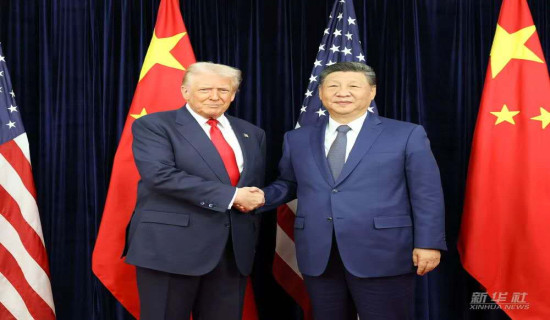
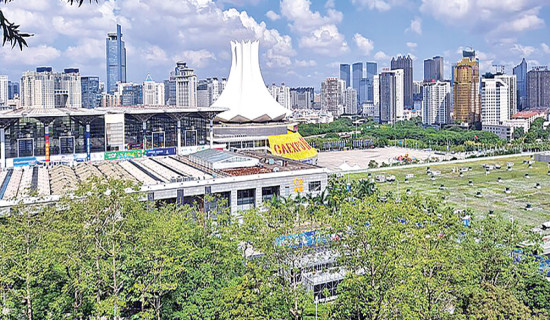
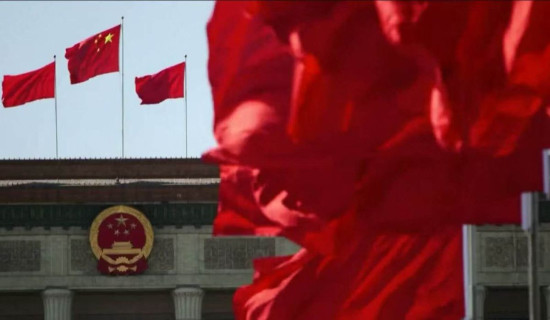


-original-thumb.jpg)

